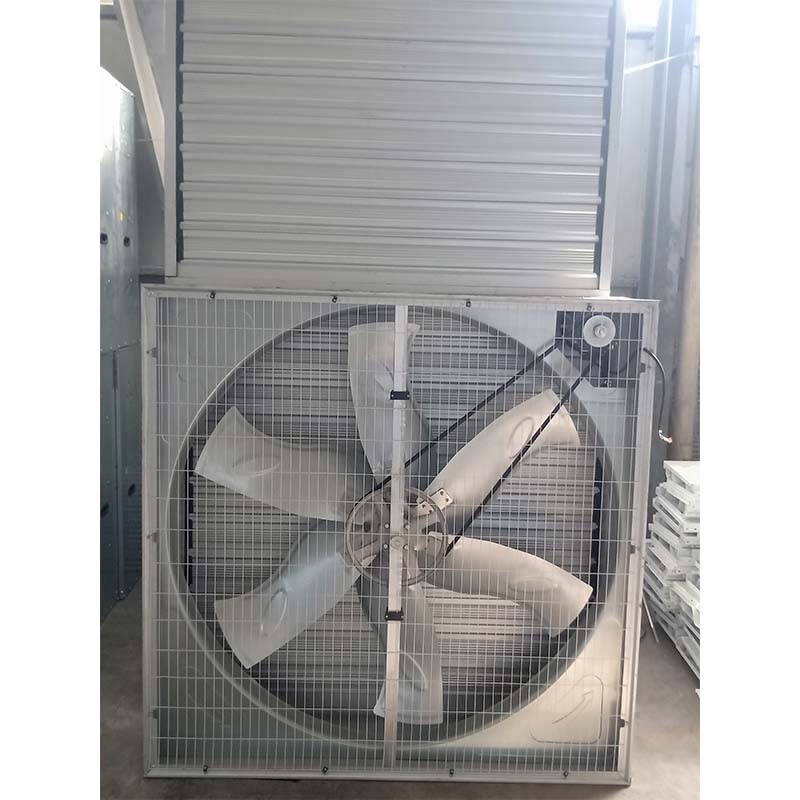Efficient Livestock Feed Pellet Machine for Optimal Animal Nutrition and Sustainable Farming Practices
Jul . 27, 2024 16:43 Back to list
Efficient Livestock Feed Pellet Machine for Optimal Animal Nutrition and Sustainable Farming Practices
The Importance of Livestock Feed Pellet Machines in Modern Agriculture
In the contemporary world of agriculture, the efficiency and productivity of livestock farming are paramount to meeting the growing global demand for animal protein. One of the crucial tools that have emerged to facilitate this is the livestock feed pellet machine. These innovative machines have transformed the way feed is produced, ensuring that livestock receive the balanced nutrition they require while optimizing operational efficiency for farmers.
Understanding Feed Pellets
Feed pellets are a crucial component of modern livestock diets. They are made by compressing various ingredients — including grains, vitamins, minerals, and protein sources — into small, cylindrical shapes. This pelleting process not only makes the feed easier for animals to consume but also enhances the overall nutritional profile of the feed. Feed pellets ensure that livestock, such as cattle, poultry, and pigs, receive a consistent diet, which helps in promoting better growth rates, improving health, and ultimately maximizing productivity.
The Role of Livestock Feed Pellet Machines
Livestock feed pellet machines play a vital role in the production of these pelleted feeds. They are engineered to produce high-quality pellets from a variety of raw agricultural materials. The machines typically consist of a feeder, conditioner, and pellet mill, and each component has a specific function in the feeding and processing of ingredients.
1. Feeding The initial stage involves the feeder, which ensures that a precise amount of raw material is fed into the machine at a regulated rate. This precision is vital in ensuring uniformity in the final product.
2. Conditioning The next step is conditioning, where steam and heat are added to the feed to soften the raw materials. This process is essential because it enhances the binding properties of the ingredients, ensuring that the pellets hold together well.
livestock feed pellet machine

3. Pelleting Finally, the mixture is forced through a die in the pellet mill, where it is shaped into pellets. The size and shape of the pellets can be adjusted to meet the specific dietary needs of different livestock species.
Benefits of Using Pellet Machines
The advantages of using livestock feed pellet machines are numerous. Firstly, pelleted feed is more digestible than mash feed, meaning that animals can absorb nutrients more efficiently. This leads to improved weight gain and better feed conversion ratios, which are critical economic factors for livestock producers.
Secondly, producing feed pellets helps in reducing waste. Because the feed is compacted, less dust is generated, and animals are less likely to sort through their feed, leading to less rejection of feed and a more consistent intake.
Moreover, pellet production allows for the incorporation of various additives that can enhance the health and productivity of livestock, such as probiotics, enzymes, and medicated additives. This flexibility in formulation can cater to the specific nutritional needs of different livestock, which is particularly important in a world where animal health and welfare are increasingly prioritized.
Conclusion
In summary, livestock feed pellet machines are essential instruments in the modern agricultural landscape. They provide an efficient solution for creating high-quality, nutritious feed for livestock, which directly contributes to improved animal health and productivity. As the global demand for animal products continues to rise, the role of these machines will become increasingly important in ensuring that farmers can meet this demand sustainably and responsibly. Investing in livestock feed pellet machines not only enhances farm profitability but also supports the overarching goal of feeding the world’s population effectively.
-
Automatic Feeding Line System-Pan Feeder Nipple Drinker|Anping County Yize Metal Products Co., Ltd.
NewsJul.29,2025
-
Hot Sale 24 & 18 Door Rabbit Cages - Premium Breeding Solutions
NewsJul.25,2025
-
Automatic Feeding Line System Pan Feeder Nipple Drinker - Anping County Yize Metal Products Co., Ltd.
NewsJul.21,2025
-
Automatic Feeding Line System Pan Feeder Nipple Drinker - Anping County Yize Metal Products Co., Ltd.
NewsJul.21,2025
-
Automatic Feeding Line System - Anping Yize | Precision & Nipple
NewsJul.21,2025
-
Automatic Feeding Line System - Anping Yize | Precision & Nipple
NewsJul.21,2025






